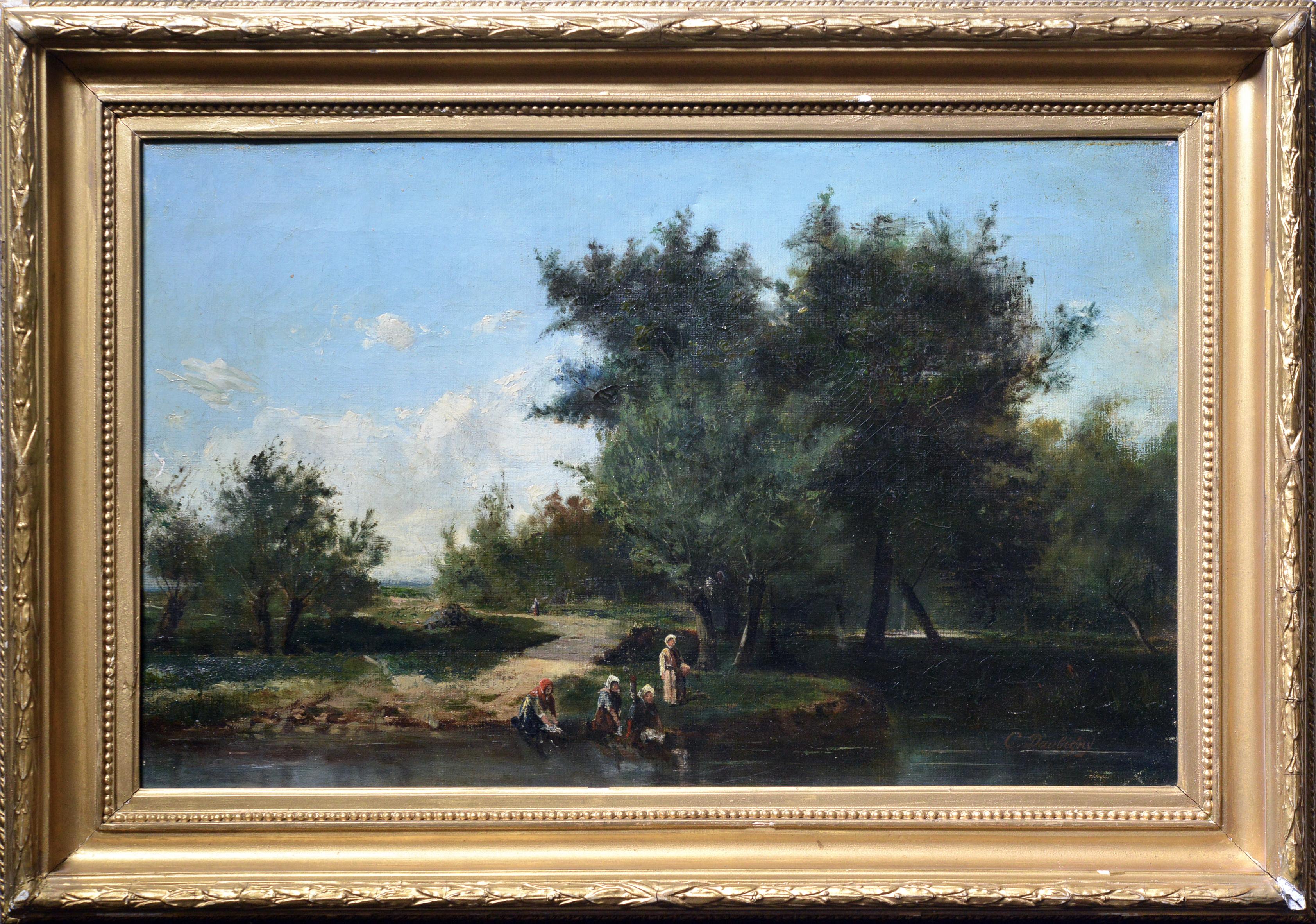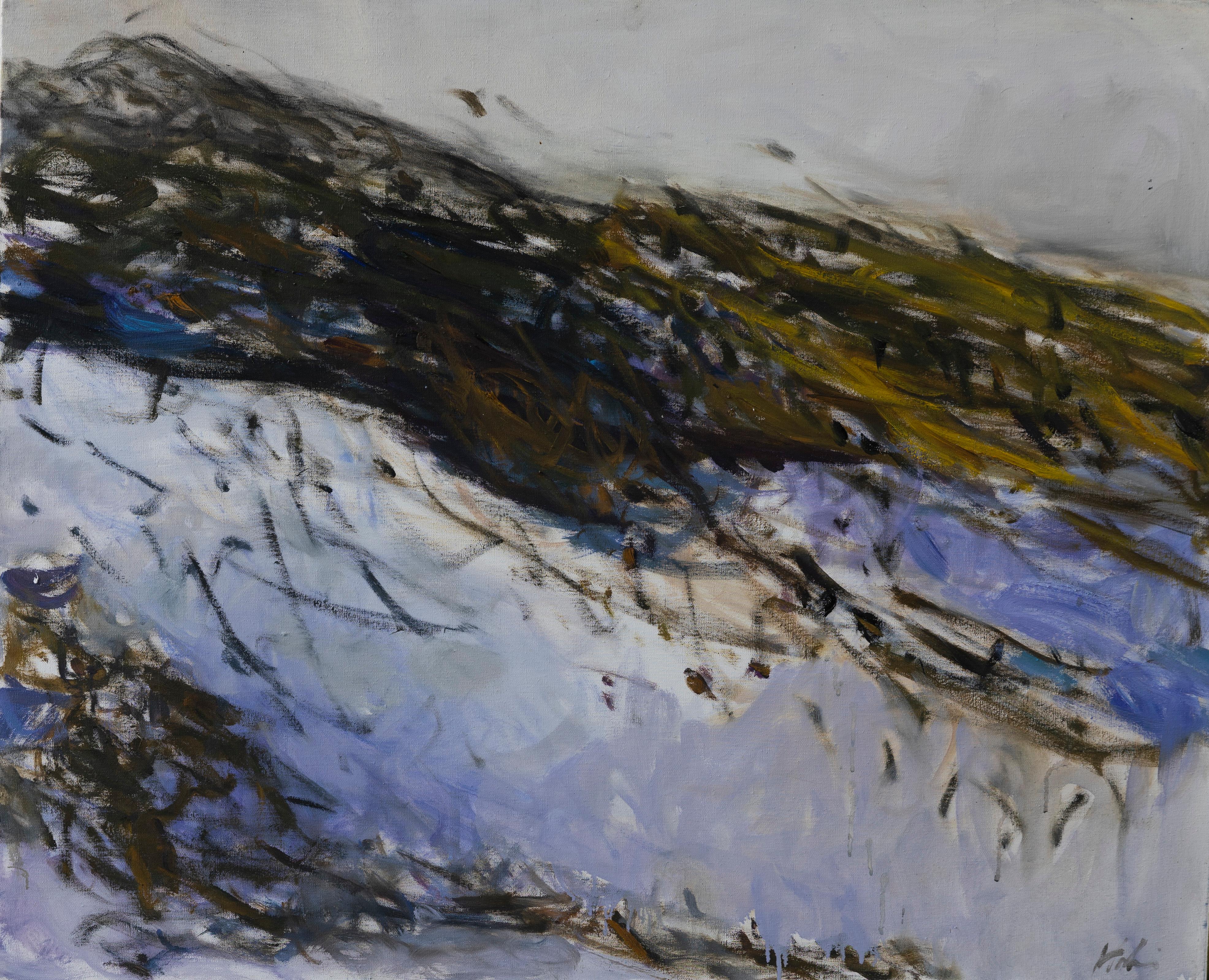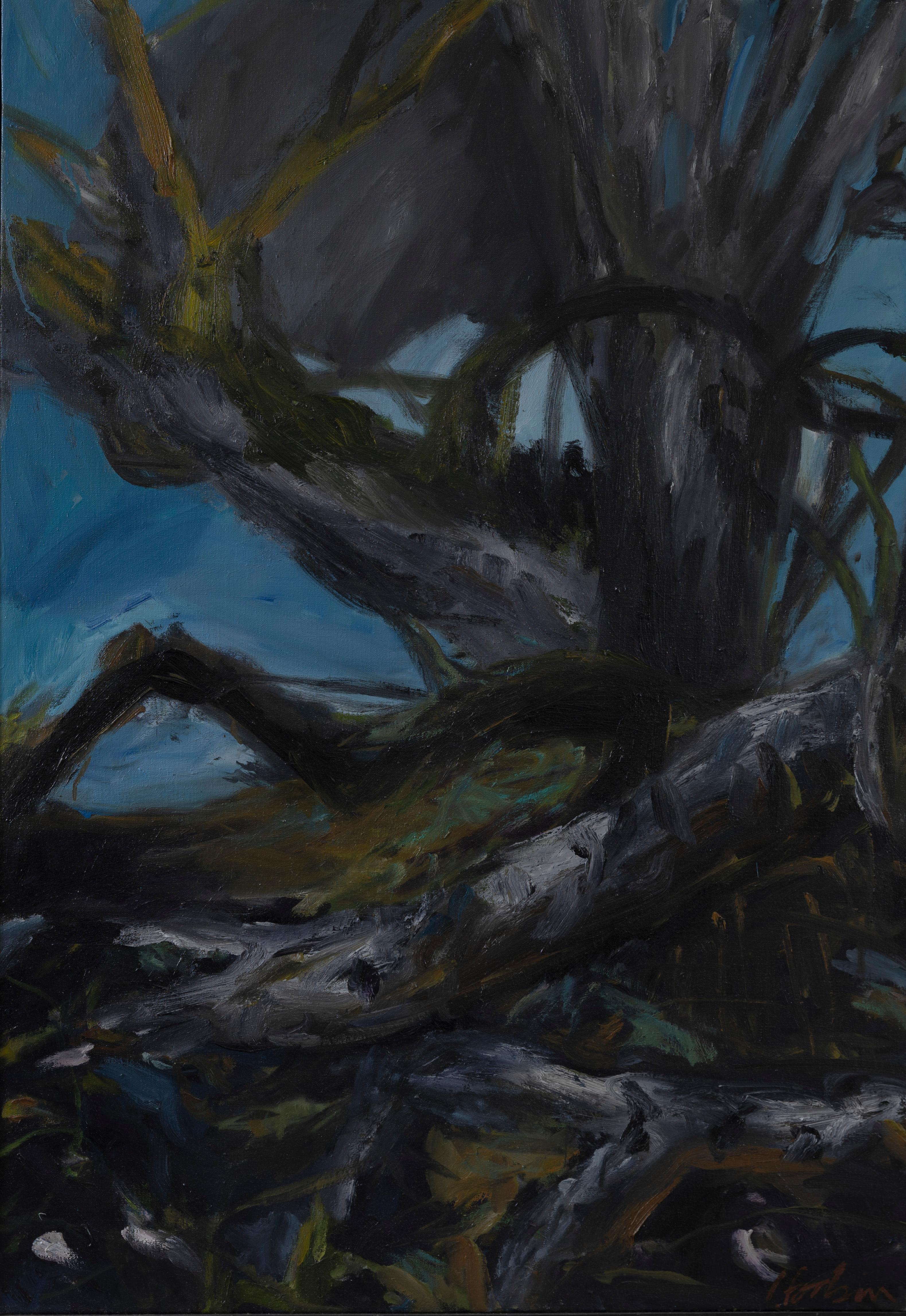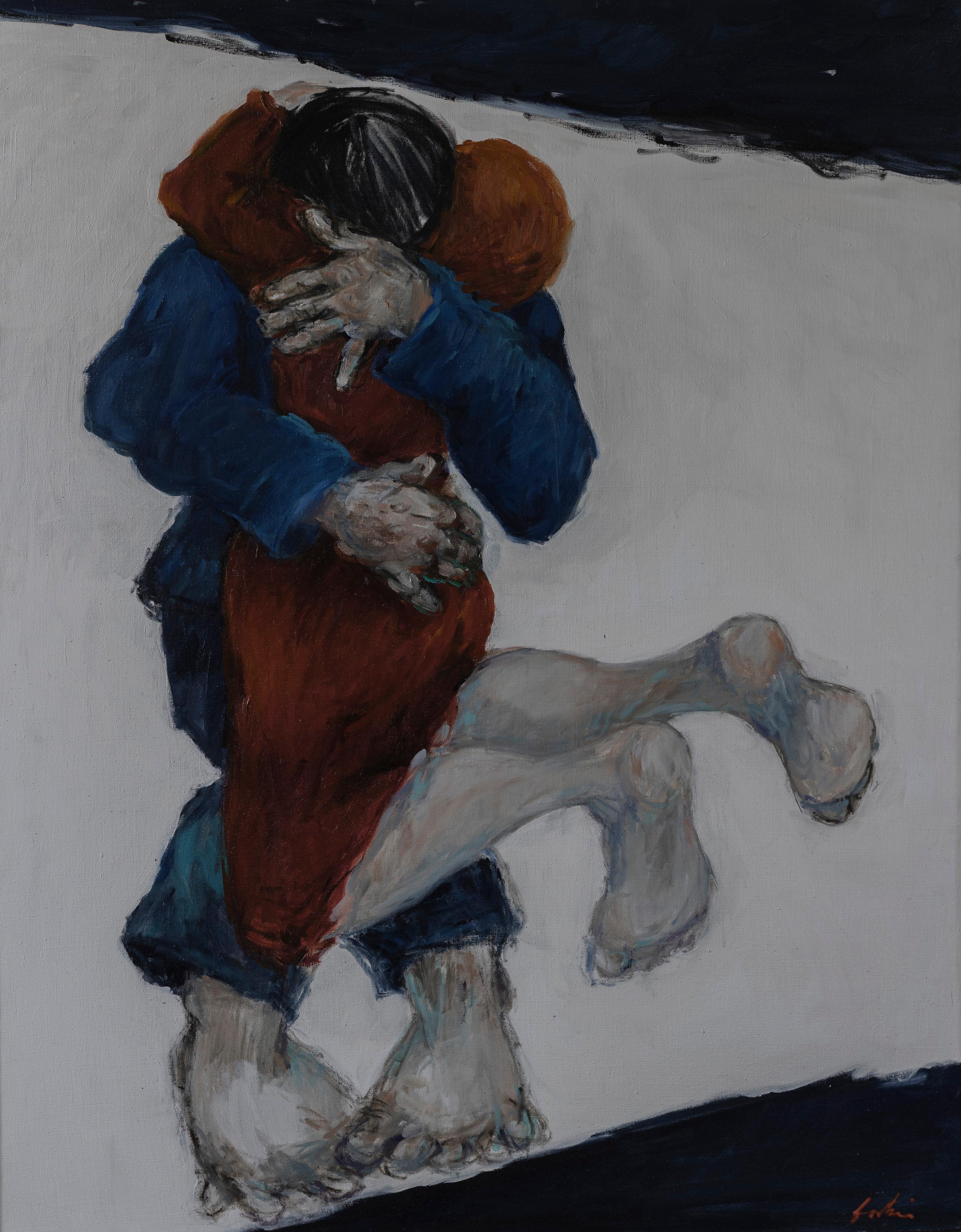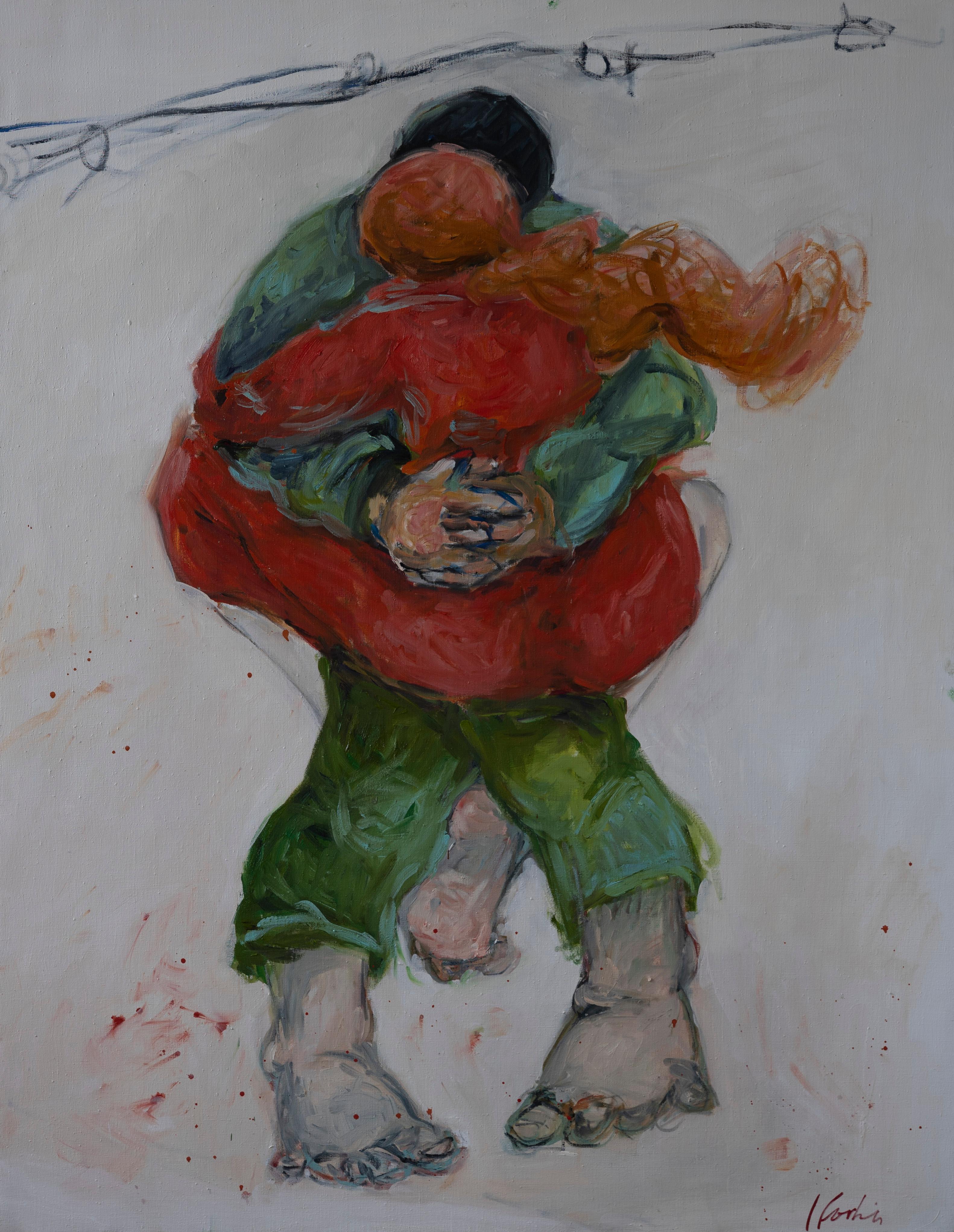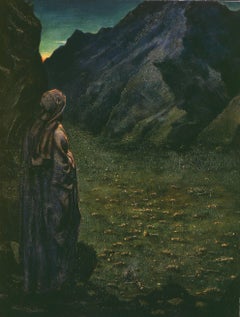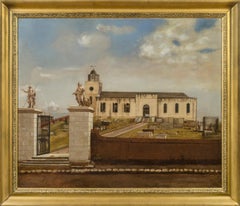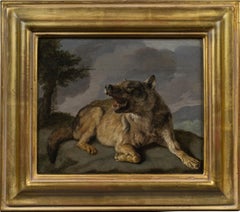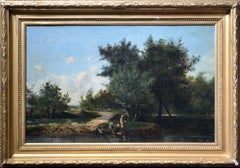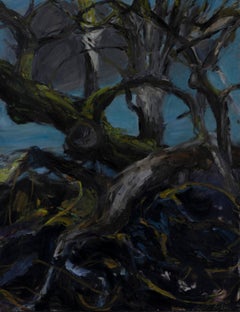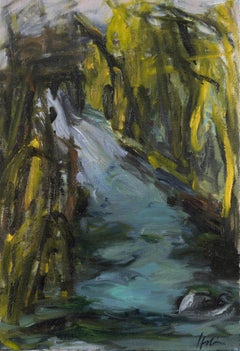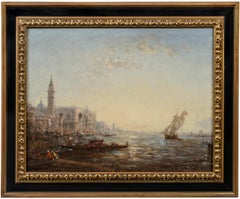
Sunrise over the Bacino di San Marco
View Similar Items
Want more images or videos?
Request additional images or videos from the seller
1 of 6
Félix ZiemSunrise over the Bacino di San Marco
About the Item
- Creator:Félix Ziem (1821 - 1911, French)
- Dimensions:Height: 21.5 in (54.61 cm)Width: 27.5 in (69.85 cm)
- Medium:
- Movement & Style:
- Period:
- Condition:
- Gallery Location:New York, NY
- Reference Number:1stDibs: LU1024578841

About the Seller
5.0
Recognized Seller
These prestigious sellers are industry leaders and represent the highest echelon for item quality and design.
Established in 1997
1stDibs seller since 2012
17 sales on 1stDibs
Typical response time: 11 hours
More From This SellerView All
- Ezekiel in the Valley of Dry BonesBy Philip Burne-JonesLocated in New York, NYProvenance: Christie’s, London, 3 March 1922, lot 46 (with The Tower of Babel); James Nicoll Private Collection Sotheby’s, London, 29 March 1983, lot 157 Private Collection, New Yo...Category
Late 19th Century Victorian Figurative Paintings
MaterialsOil, Canvas
- View of St. John’s Cathedral, AntiguaLocated in New York, NYProvenance: Robert Hollberton, Antigua, ca. 1841 Private Collection, New York The present painting depicts Old St. John’s Cathedral on the island of Antigua. The church was erected in the 1720s on the designs of the architect Robert Cullen. It measured 130 feet by 50 feet with north and south porches 23 x 20 ½ feet. The tower, 50 feet high with its cupola, was added in 1789. The church was elevated to the status of a cathedral, but disaster struck in the form of an earthquake that destroyed the building on 8 February 1843. A memorandum of that date relates the event: “On Wednesday, 8th February, 1843, this island was visited by a most terrific and destructive earthquake. At twenty minutes before eleven o’clock in the forenoon, while the bell was ringing for prayers, and the venerable Robert Holberton was in the vestry-room, awaiting the arrival of persons to have their marriage solemnized, before the commencement of the morning service, the whole edifice, from one end to the other, was suddenly and violently agitated. Every one within the church, after the first shock, was compelled to escape for his life. The tower was rent from the top to the bottom; the north dial of the clock precipitated to the ground with a dreadful crash; the east parapet wall of the tower thrown upon the roof of the church; almost the whole of the north-west wall by the north gallery fell out in a mass; the north-east wall was protruded beyond the perpendicular; the altar-piece, the public monument erected to the memory of lord Lavington, and the private monuments, hearing the names of Kelsick, Warner, Otley, and Atkinson, fell down piecemeal inside; a large portion of the top of the east wall fell, and the whole of the south-east wall was precipitated into the churchyard, carrying along with it two of the cast-iron windows, while the other six remained projecting from the walls in which they had been originally inserted; a large pile of heavy cut stones and masses of brick fell down at the south and at the north doors; seven of the large frontpipes of the organ were thrown out by the violence of the shock, and many of the metal and wooden pipes within displaced; the massive basin of the font was tossed from the pedestal on which it rested, and pitched upon the pavement beneath uninjured. Thus, within the space of three minutes, this church was reduced to a pile of crumbling ruins; the walls that were left standing being rent in every part, the main roof only remaining sound, being supported by the hard wood pillars.” The entrance from the southern side into the cathedral, which was erected in 1789, included two imposing statues, one of Saint John the Divine and the other of Saint John the Baptist in flowing robes. It is said that these statues were confiscated by the British Navy from the French ship HMS Temple in Martinique waters in 1756 during the Seven Years’ War and moved to the church. The statues are still in situ and can be seen today, much as they appeared in Bisbee’s painting, but with the new cathedral in the background (Fig. 1). Little is known of the career of Ezra Bisbee. He was born in Sag Harbor, New York in 1808 and appears to have had a career as a political cartoonist and a printmaker. His handsome Portrait of President Andrew Jackson is dated 1833, and several political lithographs...Category
19th Century Old Masters Landscape Paintings
MaterialsOil, Canvas
- A WolfLocated in New York, NYProvenance: The Marchesi Strozzi, Palazzo Strozzi, Florence Sale, Christie’s, London, May 20, 1993, lot 315, as by Carl Borromaus Andreas Ruthart...Category
17th Century Old Masters Animal Paintings
MaterialsPaper, Canvas, Oil
- Two Scenes of Diana and Actaeon (a pair)By Giovanni Battista ViolaLocated in New York, NYProvenance: Robert L. and Bertina Suida Manning, New York, until 1996 Private Collection, USA Giovanni Battista Viola was born in Bologna a...Category
17th Century Baroque Landscape Paintings
MaterialsCopper
- Allegory of AbundanceLocated in New York, NYPainted in collaboration with Hendrick van Balen (Antwerp, 1575 – 1632). Provenance: Private Collection, Uruguay, since the 1930s. The eldest son of Jan Br...Category
17th Century Old Masters Paintings
MaterialsCopper
- Portrait of a GentlemanBy Ippolito Scarsella (Scarsellino)Located in New York, NYProvenance: Suida-Manning Collection, New York Private Collection Exhibited: Venetian Paintings of the Sixteenth Century, Finch College Museum of Art, New York, October 30-December 15, 1963, no. 31. Veronese & His Studio in North American Collections, Birmingham Museum of Art, Oct. 1-Nov. 15, 1972, and Montgomery Museum of Fine Arts, Dec. 5-Dec. 31, 1972 Literature: Robert L. Manning, A Loan Exhibition of Venetian Paintings of the Sixteenth Century, exh. cat. New York 1963, cat. no. 31ill., as by Veronese Stephen Clayton and Edward Weeks, eds., introduction by David Rosand, Veronese & His Studio in North American Collections, Birmingham 1972, as by Veronese, p. 38 ill. Terisio Pignatti, Veronese, Venice 1976, I, p. 199, cat. no. A225, II, fig. 908, as attributed to Veronese Terisio Pignatti and Filippo Pedrocco, Veronese; catalogo completo dei dipinti, Florence 1991, no. 54°, as attributed to Veronese. Terisio Pignatti and Filippo Pedrocco, Veronese, Milan 1995, II, pp. 517-518ill., cat. no. A 56, under attributed paintings, by Veronese and workshop) John Garton, Grace and Grandeur; The Portraiture of Paolo Veronese, London-Turnhout 2008, p. 237, fig. 77, cat. no. R16, as workshop of Veronese. Scarsellino’s art is widely regarded as critical link between the Renaissance and the Baroque styles in Emilian painting; not only was he an important transmitter of the heritage of the Renaissance, but he was also open to innovative ideas, and was one of the earliest to experiment with the trend to naturalism that would become fundamental to art of the new century. Born around 1550, he received his earliest training from his father Sigismondo, an architect and painter; it was probably while working at his father’s side as a youth that he acquired the nickname Scarsellino, or “little Scarsella”. After absorbing the principles of his art in Ferrara and Parma, he went to Venice in 1570, staying for four years and working in the shop of Veronese. In the following decade, his art —especially in terms of its piety and its development of landscape— demonstrates a strong sympathy with that of the Carracci, with whom he worked in 1592-1593 at the Palazzo dei Diamanti in Ferrara. Maria Angela Novelli and later Alessandra Frabetti both propose that Scarsellino traveled to Rome, although such a trip has not been documented; if he did travel to Rome, it probably would have occurred during the years that Scarsellino’s colleagues Agostino and Annibale Carracci were there, that is, beginning in 1595 and until 1609. The last decades of Scarsellino’s career again involve stylistic experimentation, this time in a manner that would bring his work very close to the progressive figurative naturalism of Carlo Bononi and prepare the way for Guercino. The present portrait of a distinguished gentleman had been long thought to be by Paolo Veronese and was in fact attributed to him by such distinguished connoisseurs as Adolfo Venturi and Wilhelm Suida. The portrait’s style is, however, distinct from Veronese’s, although clearly indebted to it, and the attribution to the young Scarsellino is wholly convincing. The painting would then date from the 1570s – a date confirmed by the costume the subject wears. The puffed hat that appears in the painting had a rather short-lived vogue in the early 1570s. One sees it in Giambattista Moroni’s Portrait of Count...Category
18th Century and Earlier Baroque Portrait Paintings
MaterialsCanvas, Oil
You May Also Like
- Laundresses on River 19th century Barbizonian Landscape by French MasterLocated in Stockholm, SESigned lower right "C. Daubigny". As we gaze upon the painting, we are immediately drawn to the foreground, where a small group of women are diligently washing clothes on the banks o...Category
Mid-19th Century Barbizon School Landscape Paintings
MaterialsCanvas, Wood, Cotton Canvas, Oil
- French Contemporary Art by Laurence Forbin - C'étaient De Très Grands VentsBy Laurence ForbinLocated in Paris, IDFOil on canvasCategory
2010s Barbizon School Landscape Paintings
MaterialsCanvas, Oil
- French Contemporary Art by Laurence Forbin - Bouillon d'HiverBy Laurence ForbinLocated in Paris, IDFOil on canvasCategory
2010s Barbizon School Landscape Paintings
MaterialsCanvas, Oil
- French Contemporary Art by Laurence Forbin - Autour du VentouxBy Laurence ForbinLocated in Paris, IDFOil on canvasCategory
2010s Barbizon School Landscape Paintings
MaterialsCanvas, Oil
- French Contemporary Art by Laurence Forbin - Crimée StratesBy Laurence ForbinLocated in Paris, IDFOil on canvasCategory
2010s Barbizon School Landscape Paintings
MaterialsCanvas, Oil
- French Contemporary Art by Laurence Forbin - DestructionBy Laurence ForbinLocated in Paris, IDFOil on canvasCategory
2010s Barbizon School Landscape Paintings
MaterialsCanvas, Oil
Recently Viewed
View AllMore Ways To Browse
Antique Gondola
Antique Velvet Dress
Venetian Velvet
Yellow Love Seat
Sea Dragon
Turner Sea
Golden Dragon
Venice Gondola Painting
Adjusts Sculpture Stand
Used Sloop
Winged Heart
Doge Of Venice
Paintings Of Venice Gondolas
Painting Venice San Marco
Pier Point
Unknown 19th Century European School
Venice Piazza San Marco
Red Dragon Painting
